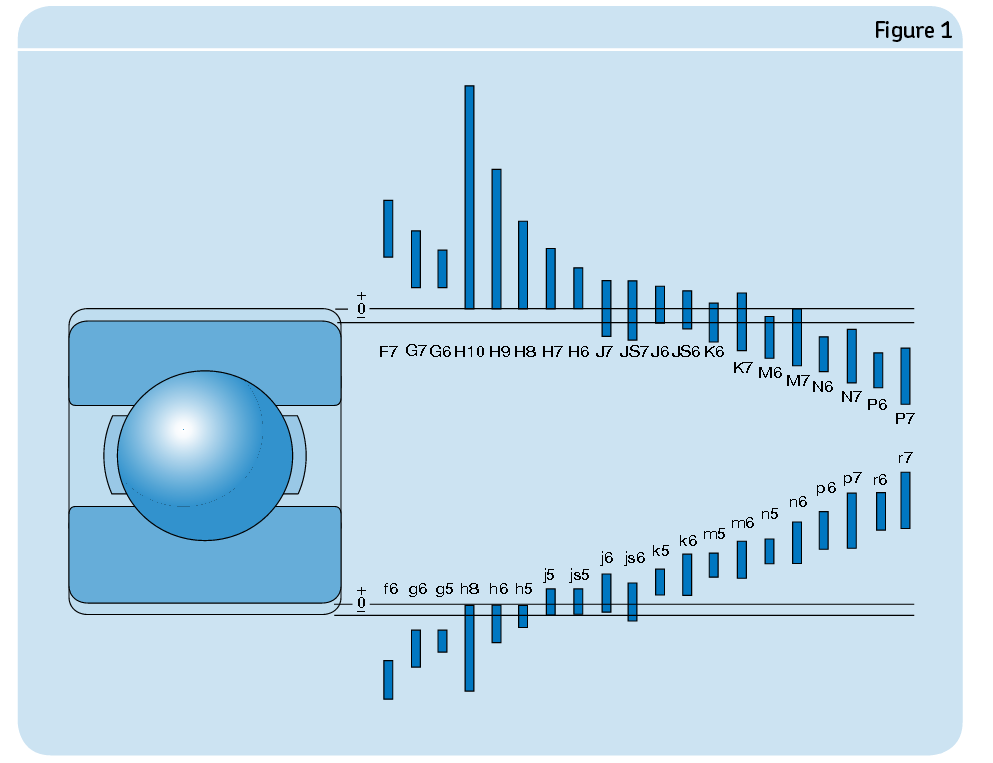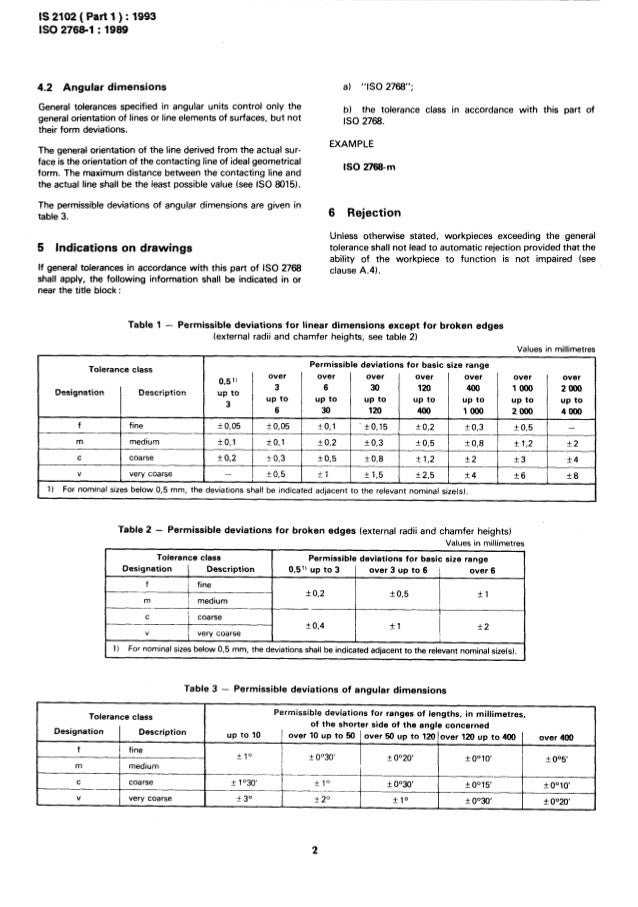Iso 2768 Hole Tolerance Chart
Posted By admin On 14/03/18General Tolerances to DIN ISO 2768. • The latest DIN standard sheet version applies to all parts made to DIN standards. • Variations on dimensions without tolerance values are according to 'DIN ISO 2768- mk'. GENERAL TOLERANCES FOR LINEAR AND ANGULAR DIMENSIONS (DIN ISO 2768 T1). Svox Luciana Crackeado. ISO 2768-2: 1989 General tolerances. General tolerances on circularity, straightness and parallelism, an individual cylindricity tolerance in accordance with ISO 1101.
TOLERANCING AND ENGINEERING STANDARDS Tolerancing is just like written languages. It has its own standards. There are to many standards like ANSI(Inch System), ISO (Metric System) etc.

List of standards: ANSI B4.1, ANSI B4.2, ISO 286, ISO 1829, ISO 2768, EN 20286, JIS B 0401. In an assembly process the degree of 'clearance' or 'tightness' desired between mating parts is important. In a manufacture of a machine, quality is a primary consideration.

Manufacturing precision taken into the product determines its quality, its cost and selling price. Parts of a machine are designed in order to make a function. The working parts have a definite relationship with each other: free rotation, free longitudinal movement, clamping action, and permanent fixed position.
Precision is the degree of accuracy necessary to ensure the functioning of a part as intended. Tolerance is the allowable variation for any given size in order to achieve a proper function. Tolerancing Definitions NOMINAL SIZE: The size used for general description.
Example; 7/8 inch Shaft, 25mm Shaft etc. BASIC SIZE: The size used when the nominal size is converted to the decimal and from which deviation are made to produce limit dimension. Example:.8750inch shaft which is the basic size for a 7/8 inch nominal shaft.25mm nominal size which can be basic size of 24.950mm. LIMIT DIMENSION: The Lower and Upper permitted sizes for a single feature dimension. 0.500-0.506 inch where 0.500 inch is the lower limit and 0.506 inch upper limit dimensions TOLERANCE:Tolerance is the allowable variation for any given size in order to achieve a proper function. Tolerance equals the difference between lower and upper limit dimensions.
Example; for 0.500-0.506 inch the tolerance would be 0.006 inch. BILATERAL TOLERANCE: It is a way to express tolerance by using both minus and plus variations from a given size. Example; inch. The limit dimensions are 1.120-1.130 inch. The tolerance is 0.010 inch.
UNILATERAL TOLERANCE: It is a way to express tolerance by using only minus or plus variation from a given size. Example inch.
As you can see the first case uses a minus variation. Tape Reading 101 Course Download more. The first case uses a minus and plus variation. FIT: The general term of fit to describe the range of tightness designed into parts which assemble one into another. The fit can be explained under the three categories. A-CLEARANCE FIT: A type of fit in which one part fits easily into another with a resulting clearance gap. See the below example.
An Force (interference) fit. When the shaft is always larger in diameter than the hole parts must be assembled by pressure or heat expansion. Tolerance on shaft: 0.001 Tolerance on hole: 0.001 minimum clearance: 0.500 - 0.503= -0.003 in (the tightest fit 0.003 in interference) maximum clearance: 0.501 - 0.502 = -0.001 in (the loosest fit 0.001 in interference) Maximum clearance=Minimum interference Minimum clearance=Maximum interference C-TRANSITION FIT: A type of fit in which loosest case provides a clearance fit and the tightest case gives an interference fit. Install Safari Browser On Fedora there. See the example below.